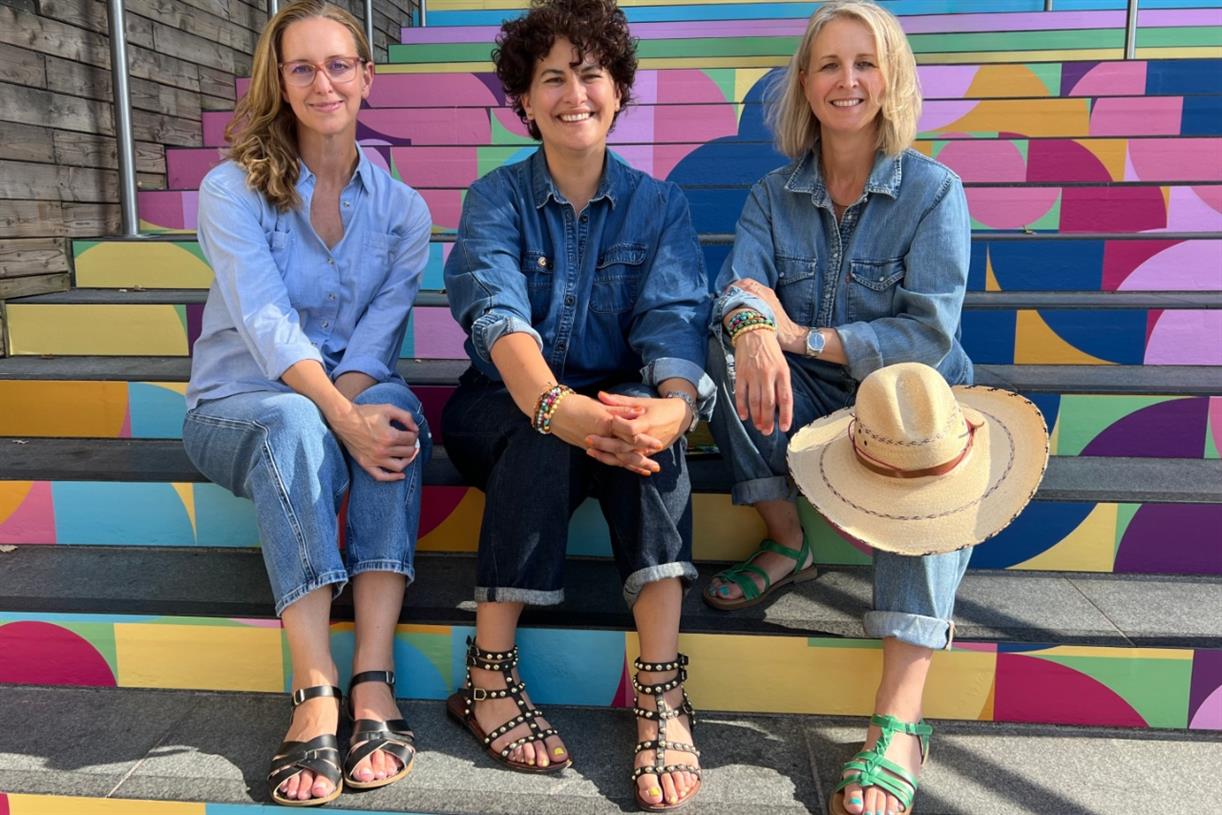I tried A5 Kobe beef at the only steakhouse in M’sia that’s certified to serve it & saw god
Maria's SteakCafe celebrates becoming the first steakhouse in Malaysia to serve authentic and certified Japanese A5 Kobe beef, we review it.
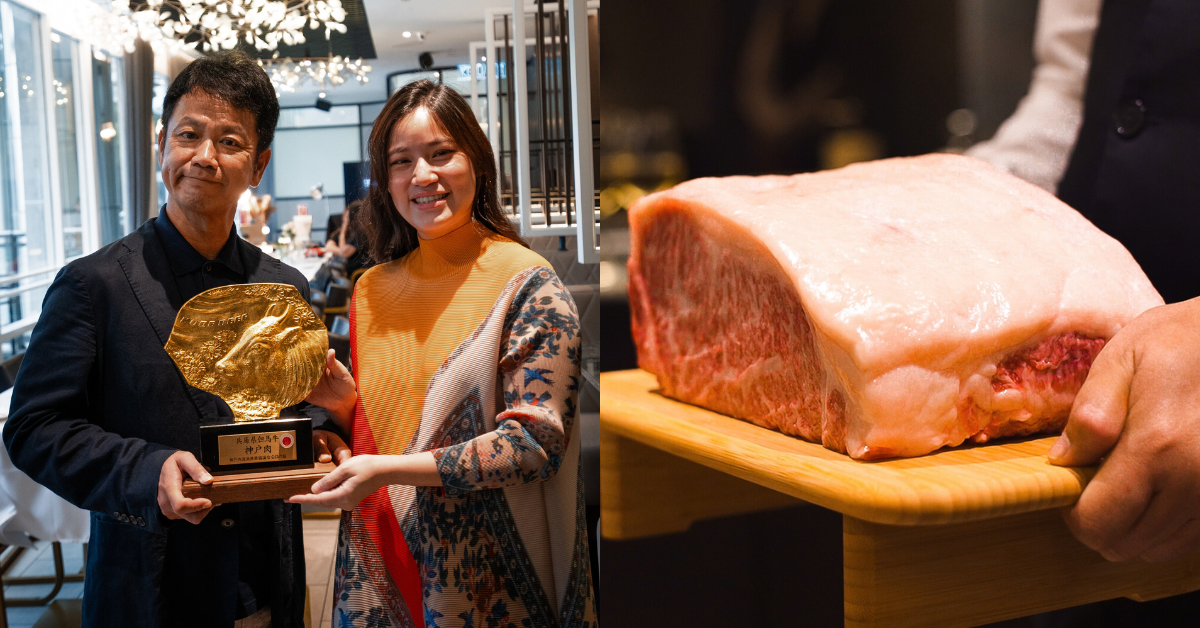
To some, luxury is defined by the branded bags they carry or the stylish cars they drive. Others prefer to define it by the number of countries they’ve visited and the stamps on their passports.
For me, my definition of luxury boils down to eating good food.
And much to my luck, I had a very luxurious dinner at Maria’s SteakCafe one evening.
In celebration of being the first (and so far, only) authorised steakhouse in Malaysia that’s officially recognised by the Kobe Beef Marketing and Distribution Promotion Association (KBMDPA) to serve Kobe beef, we were served, well, Kobe beef.
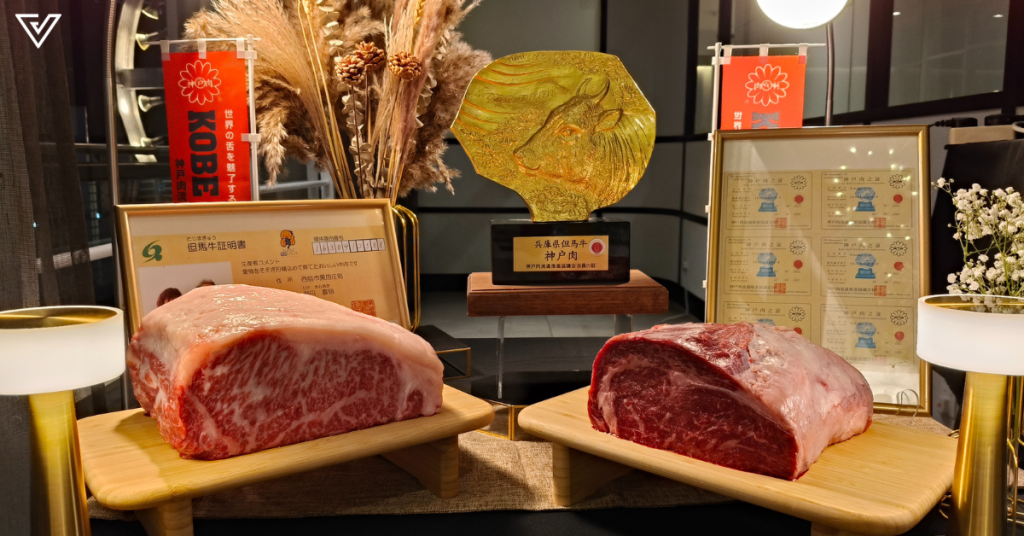
It’s just beef, what’s the big deal?
I’m ashamed to say that this was my exact thought when the Vulcan Post team got this exclusive dinner invitation. Forgive me, for I did not know any better.
To put simply, Kobe beef refers to a type of wagyu, which is actually an umbrella term for domestic Japanese beef. So every Kobe beef is a wagyu, but not all wagyu beef is a Kobe.
In total, there are four breeds of Japanese cows: Japanese Showthorn, Japanese Black, Japanese Brown, and Japanese Poll. Only the meat from purebred Japanese Black “Tajima-gyu” cows are qualified as Kobe beef.
These “Tajima-gyu” cows originate from the mountainous region of Tajima in Japan. Designated producers in Japan’s Hyogo Prefecture devote a lot of love to breeding and raising these “Tajima-gyu” cattles.
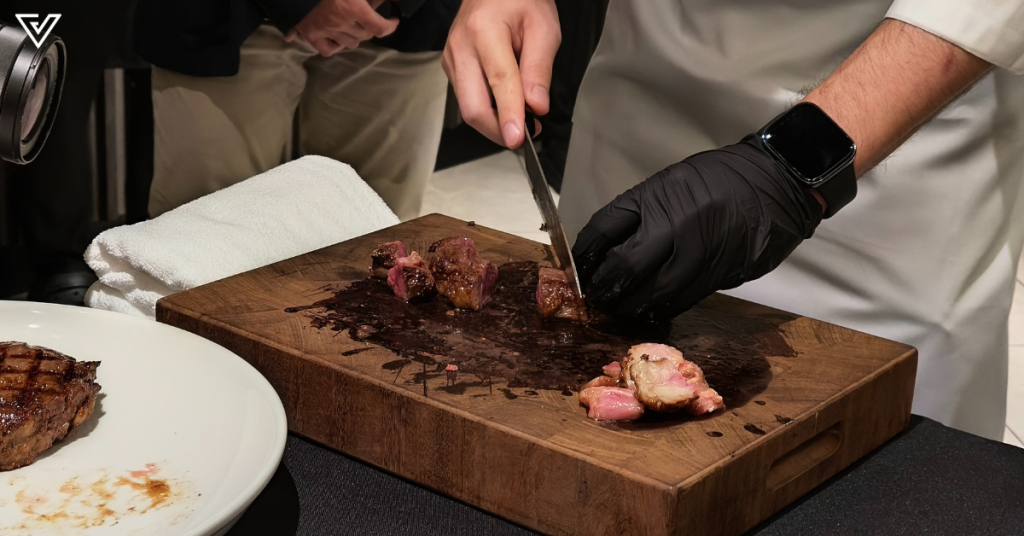
Calves are given fresh, clean water to drink and only the very best feed. They’re also raised in a stress-free, relaxing environment where they can grow at their leisure to maturity. As such, only a limited number of “Tajima-gyu” cattles are raised every year.
Fun fact: According to Mr. Ooi from Matsu Foods, one of the few businesses authorised to import and distribute Kobe beef in Malaysia, these cattle are also given massages. Their diet used to consist of beer because the breeders believed it made the meat taste better, but this practice has since stopped.
But what makes them so special?
To the untrained eye, it might not make much sense but there is a strict grading system for wagyu beef. This looks into two main criteria:
Yield score (A to C) – the amount of percentage of edible cuts that can be gained from a single head of cattle Meat quality score (1 to 5) – the overall score based on the degree of marbling, firmness and texture, colour, quality, and other attributesThe lower the alphabet (yield score) and the higher the number (meat quality score), the better the wagyu.
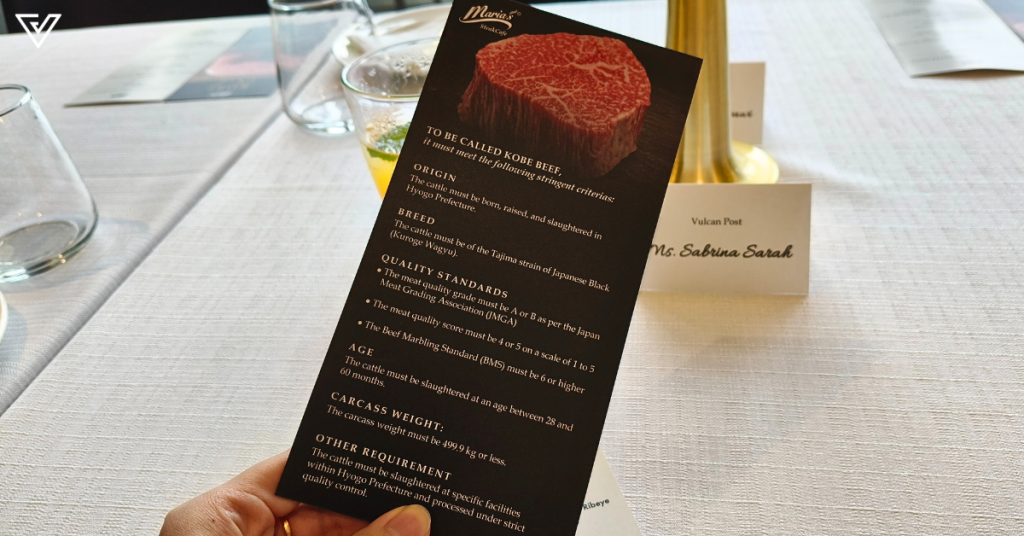
In order to classify as real Kobe beef, it needs to have a yield and quality score of A4 or A5 grade. This is also why “Tajima-gyu” cows are emphasised because only this breed has a BMS (beef marbling score) of six or higher.
After all of these requirements are met, it’s assigned a 10-digit ID number. Everything from its birth record, ownership, and genetic lineage can be tracked using this ID number. Hence, you can actually request for this to double confirm if you’re being served real Kobe beef.
A few other criteria to qualify a specific cattle as Kobe beef include age (between 28 to 60 months) and carcass weight (must be 499.9kg or less).
Before it reaches consumers, all producers and sellers must be registered as designated by the KKBMDPA to ensure its authenticity is true.
With only about 4,000 “Tajima-gyu” cattle slaughtered annually and 40 percent of the meat exported, Kobe Beef remains exceptionally rare. In 2023, fewer than 10 certified Kobe cattle were imported to Malaysia, and Maria’s SteakCafe happens to be one of the recipients.
Only one word to describe it—luscious
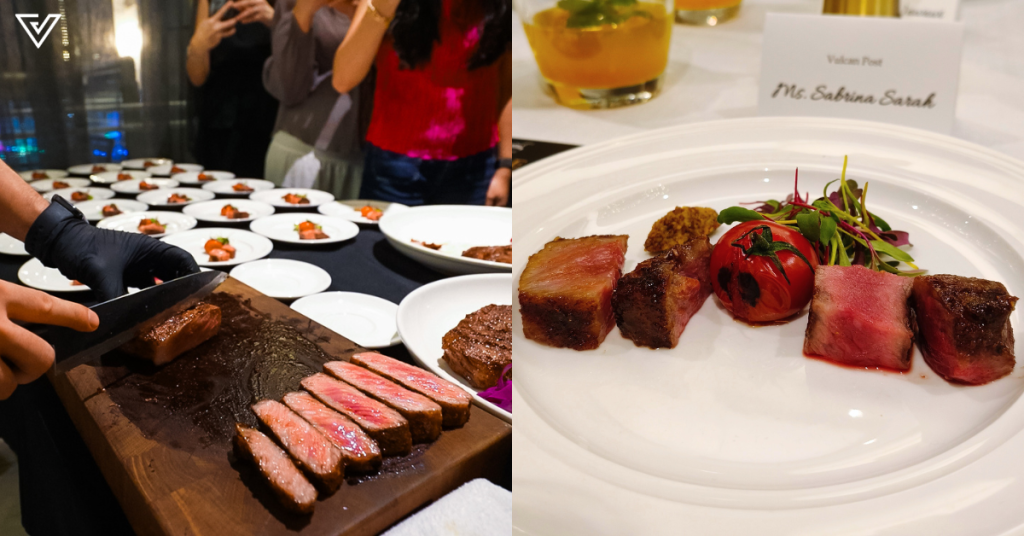
I’ve never used that term for any meal before but just one bite of Maria SteakCafe’s A5 Japanese Kobe Striploin and I finally understood the hype. Think of the most tender steak you’ve ever had, it’s 100x better than that.
The Kobe beef was buttery, rich in flavour, and it melts in your mouth. Much of this is thanks to its high marbling ratio as Kobe beef is very uniformly fatty.
In comparison, the Australian MB7 Ribeye that we were served together with the Kobe beef (as part of the main course) seemed a little less tender.
Don’t get me wrong, the ribeye steak tasted wonderful as well. But after following it up with the Kobe beef, you can tell that there’s a huge difference in flavour and texture.
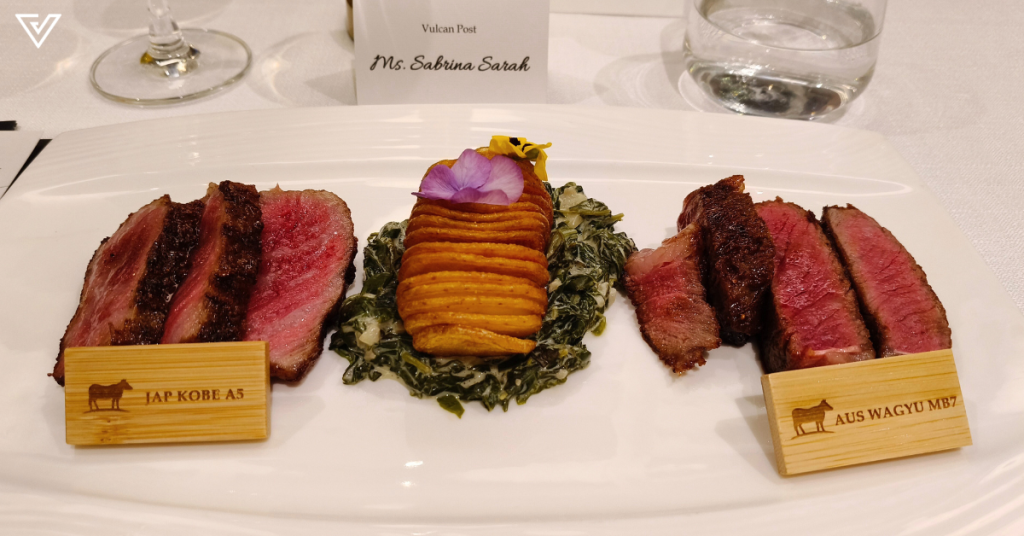
For example, it’s tender enough that I noticeably chewed lesser when having the Kobe beef compared to the Australia MB7 Ribeye. The Kobe beef was also naturally sweeter.
Though I’ll say that it’s not fair to compare the two outright as they’re uniquely good in their own ways. The seasoning used for the two steaks was also different, with the Australian one being more peppery.
A few other dishes we were served during this exclusive dinner included:
Maguro tuna: Seared tuna with wakame seaweed and tropical mango sauce, topped with some oranges and grapes Hokkaido scallop: Seared scallop with tomato and olive salsa, drizzled with herb oil Strawberry granita: Fresh strawberry granita that’s mixed with lemon juice for a bit of zest Camembert cheese: Fried breaded camembert cheese served on a bed of cranberry coulis and berries, figs, and honey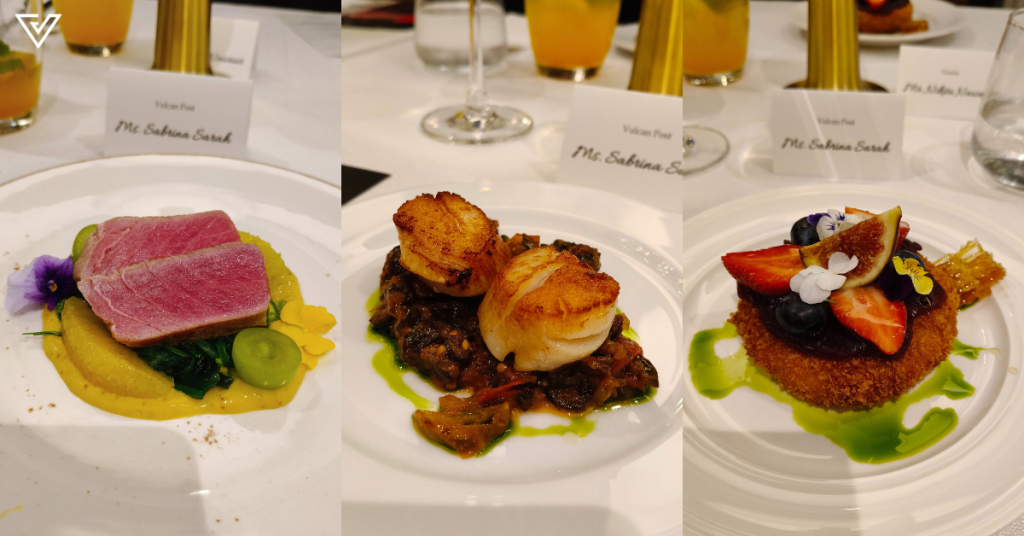
Each of these were a delight to the taste buds, with my favourite being the Camembert cheese. Unfortunately for me, this isn’t part of their regular menu, so I’ll have to wait for the festive holidays and hope they bring it back as a special.
Coming full circle but with bigger dreams now
Instead of expanding to more outlets, Maria’s SteakCafe plans to grow the business more strategically.
In an exclusive interview with its CEO and current second-generation owner of the business, Angeline, she explained that their target market has somewhat shifted based on the areas they’re in.
For example, its outlet at 1 POWERHOUSE in PJ has more corporate customers whereas its flagship store at KLCC sees more families. Hence, they’re adapting to the market accordingly and expanding their focus to cater to these groups.
It’s quite poetic in a way as Maria’s SteakCafe initially started out as Angeline’s parents’ home business. Back in the 90s, their restaurant in Ipoh was serving more office workers who loved coffee and of course, families.
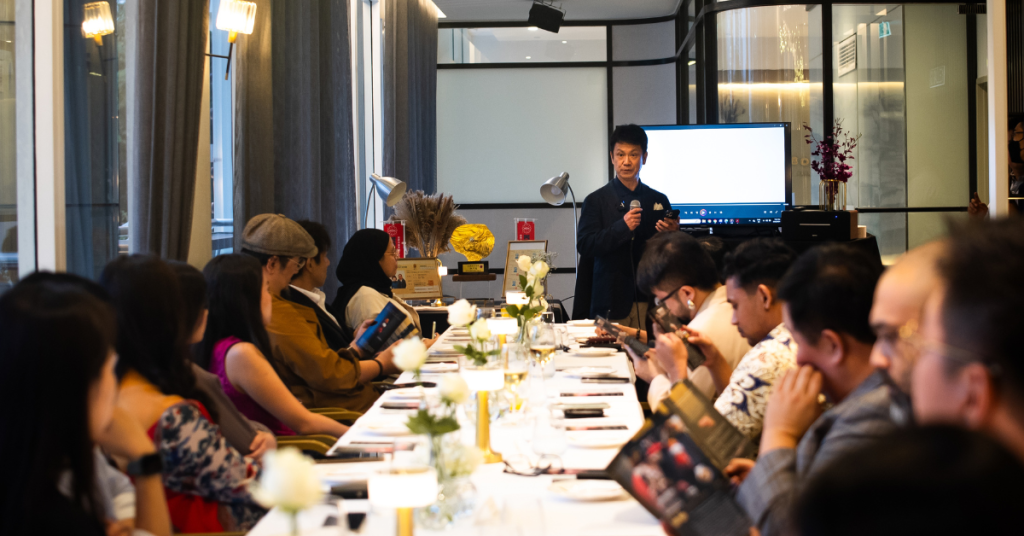 Image Credit: Maria’s SteakCafe
Image Credit: Maria’s SteakCafeSo it seems that the brand is going back to its roots in a way.
This new business strategy also means diversifying their offerings based on the restaurant’s location. Angeline declined to share specific details, but she reassured us that top quality and service is still at the heart of Maria’s SteakCafe.
“We want to give really good hospitality to our customers. We’re working on it and doing training for our team, so that every person who walks in will feel special, happy. We want to create magical moments for people, that’s what we want to do.”
“Same as when we brought in the Kobe [beef]. It’s because we’ve tasted it before and we felt that the taste is really magical, and you can’t find it (authorised anywhere else) in Malaysia,” Angeline shared. “So our focus is really to improve our food standards and service quality.”
With dreams of being the number one steakhouse in Malaysia, obtaining the recognition and certification from KBMDPA for Maria’s SteakCafe’s Kobe beef is a great step in that direction.
Learn more about Maria’s SteakCafe here. Read other articles we’ve written about Malaysian startups here.Featured Image Credit: Maria’s SteakCafe

 ValVades
ValVades 







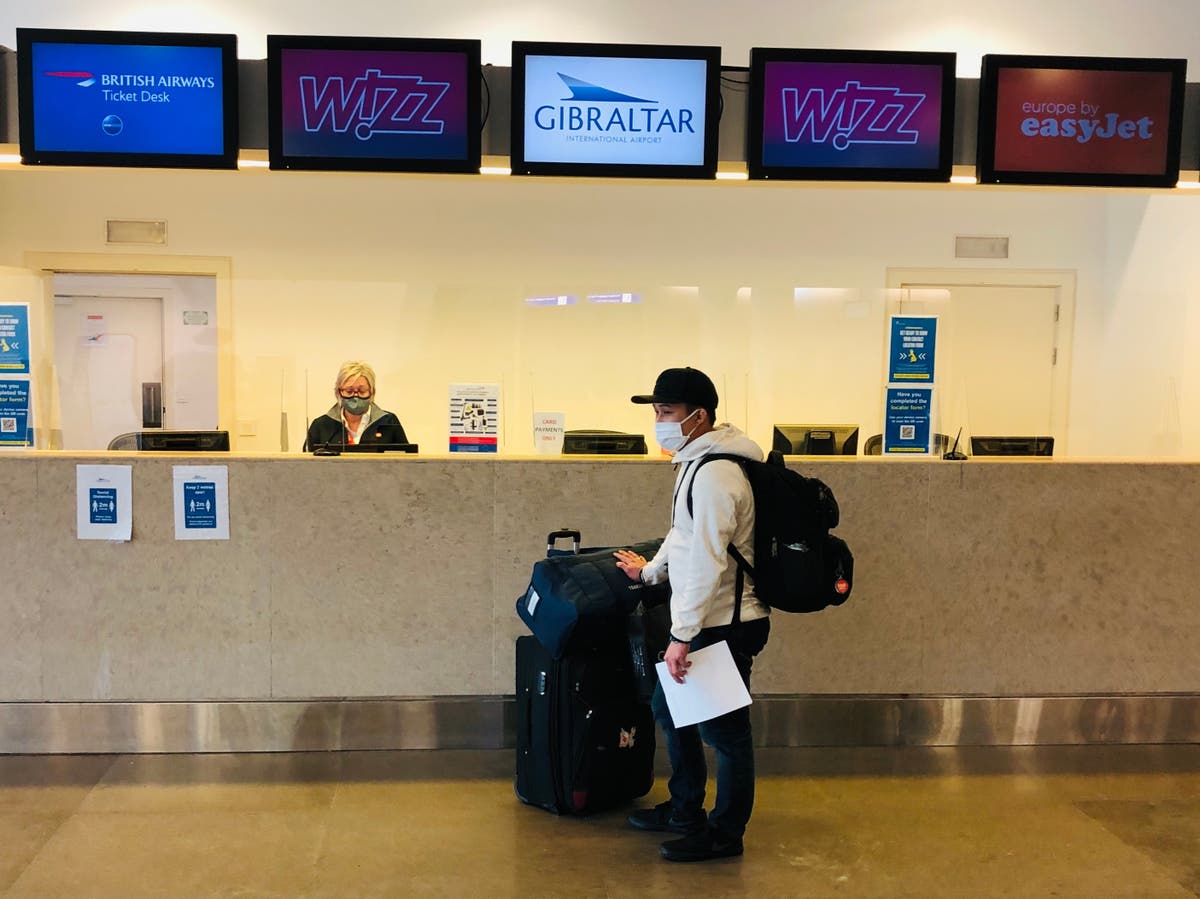
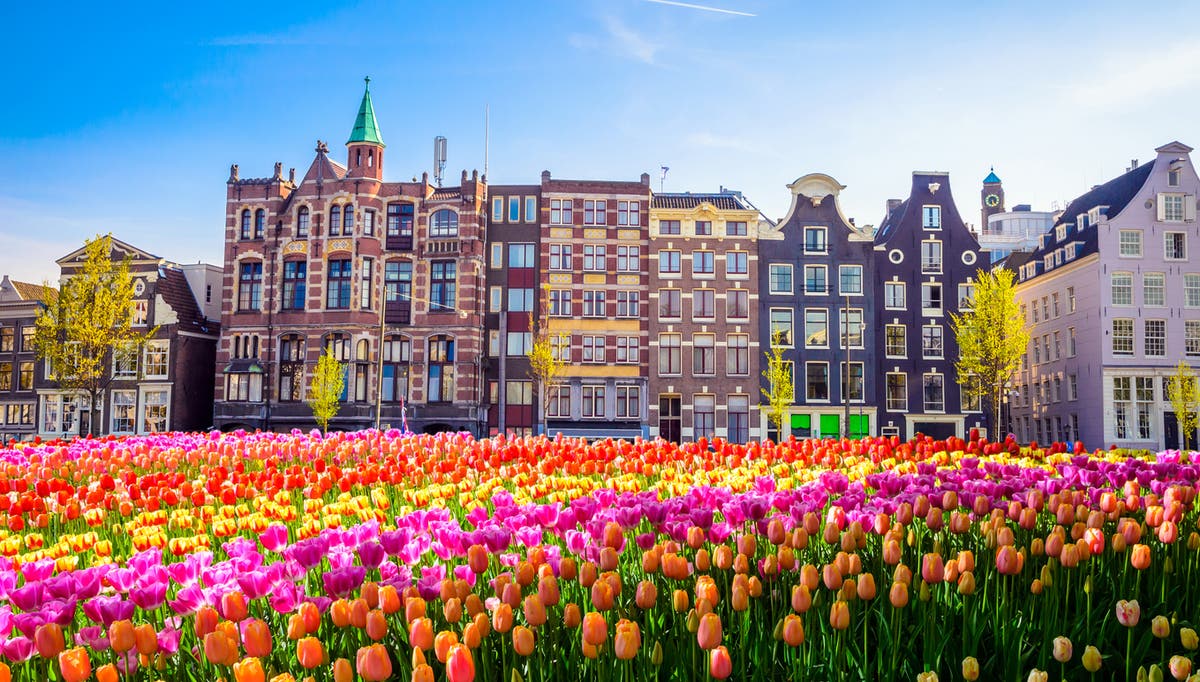
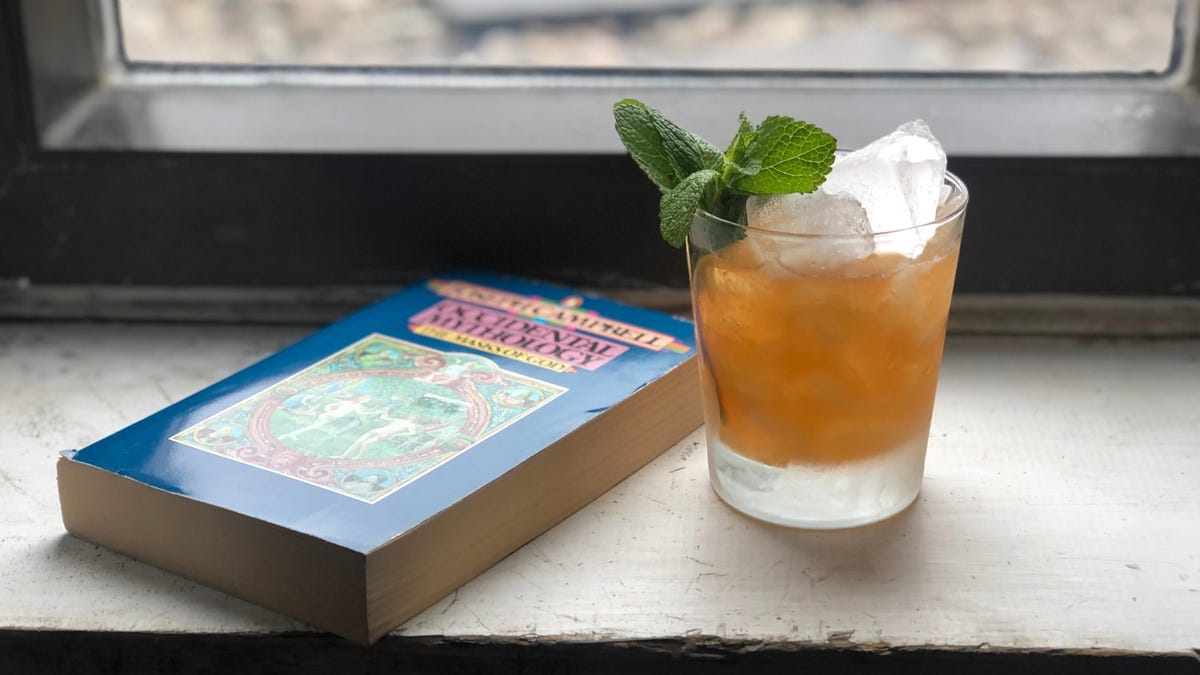













.jpg&h=630&w=1200&q=100&v=154b70b92d&c=1)





